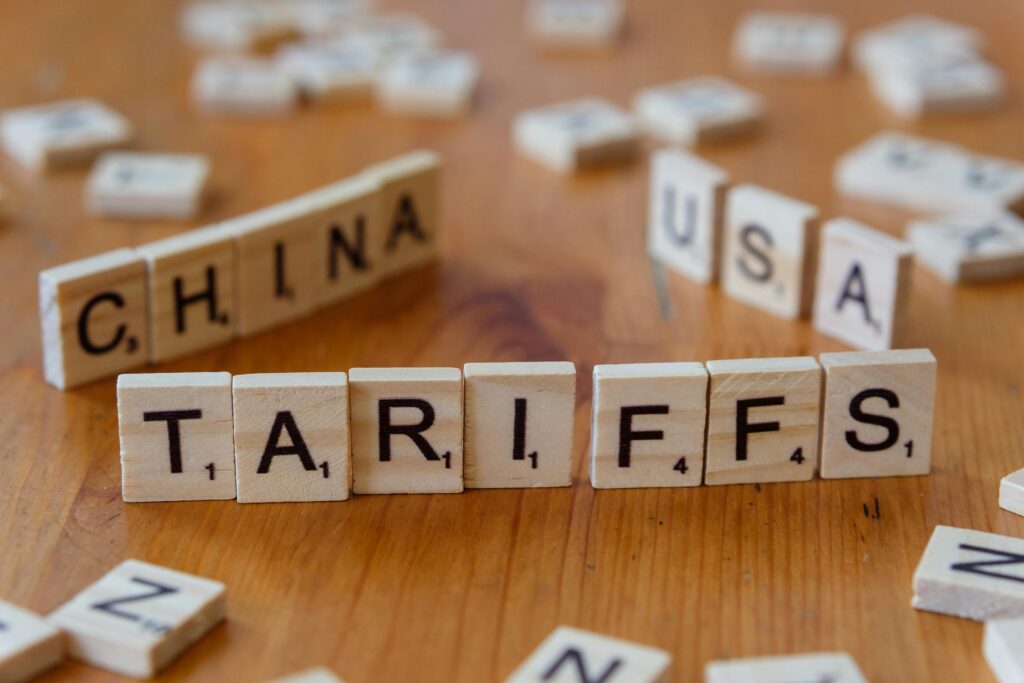But beyond politics or public opinion, let’s look at this from a capital allocation and national economic strategy standpoint. There’s a deeper logic behind these tariffs.
Raising the cost of imports makes local production more attractive
Encourages manufacturers to “reshore” supply chains and rebuild domestic capacity
Tariffs serve as leverage to reset trade relationships and supply dependencies
A way to reposition global value chains amid rising geopolitical risks
Traditional manufacturing and basic industries may lack efficiency, but they are vital for employment and socio-political stability
In the past, global capital chased maximum efficiency.
Now, it’s moving toward minimizing political/geopolitical risks and securing strategic resilience.
This trend includes:
Regionalization and “friend-shoring” of supply chains
Governments playing a stronger role in industry direction
Investors needing to consider geopolitical fragmentation and policy risk in asset allocation
Trump’s tariff strategy — often labeled as protectionist — can also be viewed as part of a global trend of capital reallocation and national economic security.
For investors and planners, this isn’t just about one politician’s stance.
It signals a deeper shift in how capital, industries, and risk are being reorganized globally.


